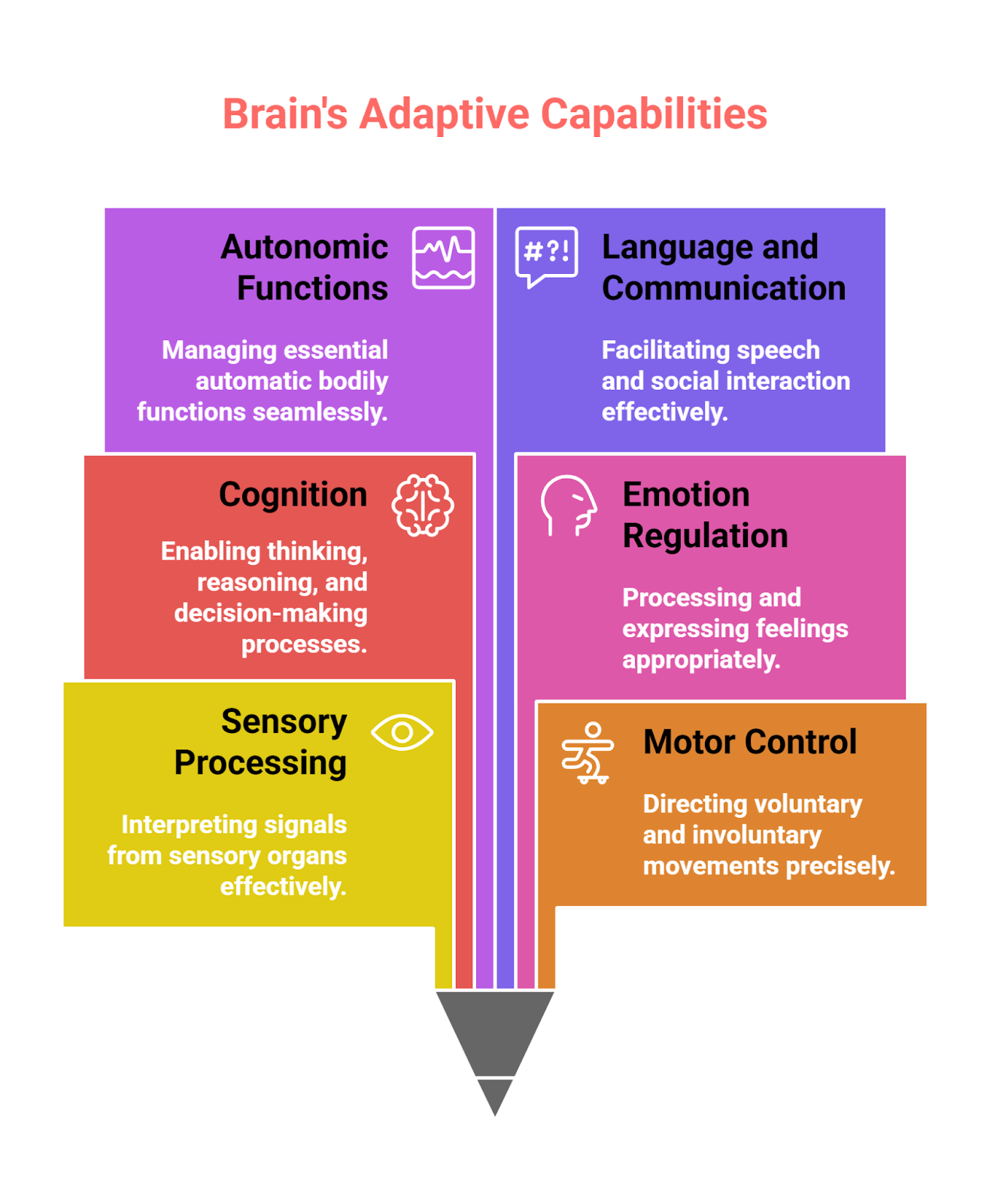Font size:
Print
HAR123 and Human Brain Evolution
Scientists may have found the tiny DNA switch that made us human
Context: Recent research from UC San Diego has spotlighted a genomic region called HAR123, a human-accelerated region (HAR) that may hold the key to understanding what makes the human brain so unique.

What is the significance of HAR123?
- HAR123 is not a gene, but a transcriptional enhancer—a molecular switch that regulates gene activity. It influences neural progenitor cells, which are the precursors to neurons and glial cells, the two main types of brain cells. HAR123 affects the ratio of neurons to glial cells, a balance critical to brain function and development.
- HAR123 appears to promote cognitive flexibility, a trait that allows humans to unlearn outdated information and adapt to new challenges. The human version of HAR123 behaves differently from the chimpanzee version, suggesting it may have played a role in the evolutionary leap in human brain function. These differences were observed in both stem cells and neuron precursor cells, pointing to HAR123’s role early in brain development.
- HAR123 may offer a molecular explanation for the radical changes in brain structure and function that occurred during human evolution. Understanding HAR123 could shed light on neurodevelopmental disorders like autism, potentially leading to new diagnostic or therapeutic strategies.
